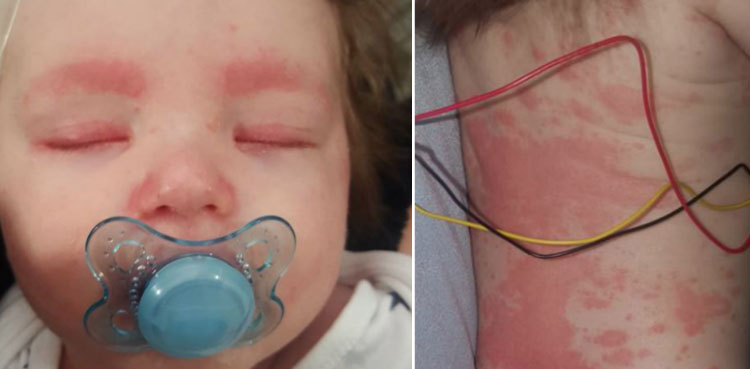
Meningitis is a serious disease characterised by inflammation of the membranes surrounding the brain and spinal cord. It is important to be aware of early symptoms in order to be able to intervene early.
If the disease is not diagnosed early then they very quickly become dangerous and it becomes difficult to treat. From the most common manifestations such as high fever and intense headache, to more specific signs such as neck stiffness and rashes, there are the signs that require immediate attention.
Although meningitis can be a serious illness, early diagnosis and timely treatment can make all the difference in prognosis. It is therefore important to quickly analyse the symptoms that could be done through appropriate tests.
It is usually witnessed that drowsiness and lack of appetite are the first symptoms of meningitis that usually appear. A very strong torticollis can be a sign of meningitis meaning that if one has difficulty lowering one’s chin towards chest and have other symptoms
such as a strong headache and fever it could be a sign of meningitis.
One of the symptoms of meningitis is fever, which, as in the case of other diseases, occurs in order to defend the body.
Moreover, fever in fact serves to fight infection by making it difficult for the virus or bacteria to survive in the body. The presence of tremors and convulsions are another possible symptom of the disease and they are more commonly observed.
A much stronger than normal headache that occurs suddenly and without explanation can be a symptom of meningitis. In the case of meningitis, the headache worsens when lying down and can even wake you up if you are sleeping.
Nausea and vomiting are symptoms that can be linked to different illnesses, including meningitis.
As with the other symptoms, suspicion of meningitis must come in the presence of other symptoms such as fever, severe headache and stiff neck.
Photophobia, the sensitivity of the eyes to light, can be a symptom of meningitis although in many cases it is not associated with any disease. In the case of meningitis, increased sensitivity to sound may also be experienced. Presence of purple or red spots on the skin can be a symptom of advanced meningococcal septicaemia but also of meningitis.
To find out whether the rash is related to meningitis, one must press against the skin with an object, such as a plastic cup and if the rash does not fade when pressed against the skin, it may indicate meningitis.
In this situation, one may need to go to hospital urgently and it should be taken as a medical emergency and should not be taken lightly or casually.
from Health News - Latest breaking Health News - ARY NEWS https://ift.tt/meuV08f


0 Comments